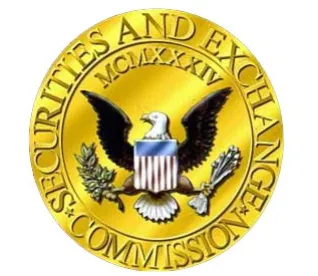On May 24, 2018, President Donald J. Trump signed into law the Economic Growth, Regulatory Relief, and Consumer Protection Act (the “Act”). The Act, which primarily focuses on rolling back certain regulatory provisions of the Dodd-Frank Wall Street Reform and Consumer Protection Act of 2010, also contained a significant change in the law for companies looking to undertake securities offerings in reliance on the revamped Regulation A (commonly referred to as “Regulation A+”) under the Securities Act of 1933.
The new legislation authorizes and directs the U.S. Securities and Exchange Commission (“SEC”) to revise its regulations and remove the requirement under Regulation A that an issuer not be subject to Section 13 or 15(d) of the Securities Exchange Act of 1934 (the “Exchange Act”). The new law also permits an issuer’s Exchange Act periodic reports to satisfy concurrent Regulation A reporting obligations.
Previously, issuers who were subject to the periodic reporting requirements of the Exchange Act were not permitted to engage in Regulation A offerings. This development may be significant for smaller issuers with market capitalizations under $75 million who are subject to Exchange Act reporting requirements and whose securities trade on the over-the-counter markets, as larger, more seasoned issuers (as well as issuers who are listed on a national exchange such as NASDAQ or the NYSE) are potentially eligible to use Form S-3 to gain quick access to capital from investors who value free-trading securities.
Classified into two tiers based on offering size (Tier 1 and Tier 2), Regulation A permits issuers to raise up to $50 million within a 12 month period without the extensive cost and burden of a traditional registered public offering or the accredited investor and/or solicitation restrictions of Rule 506(b) or 506(c) private placements under Regulation D. Issuers are also permitted to “test the waters” with potential investors in order to gauge interest in the offering. Significantly, federal law preempts any state level “blue-sky” registration laws in Tier 2 offerings (which require audited financial statements) effectively barring states from regulating these types of securities offerings and saving issuers both time and resources needed to comply with such laws. Regulation A offerings also subject an issuer to periodic, albeit reduced reporting requirements.
These mandated changes do not have instantaneous effect. The SEC is required to conduct its rulemaking authority and amend its current regulations in compliance with federal administrative procedures. While not immediately available, we expect issuers will begin to position themselves in such a way to be prepared when this new access to capital becomes available.




 />i
/>i
